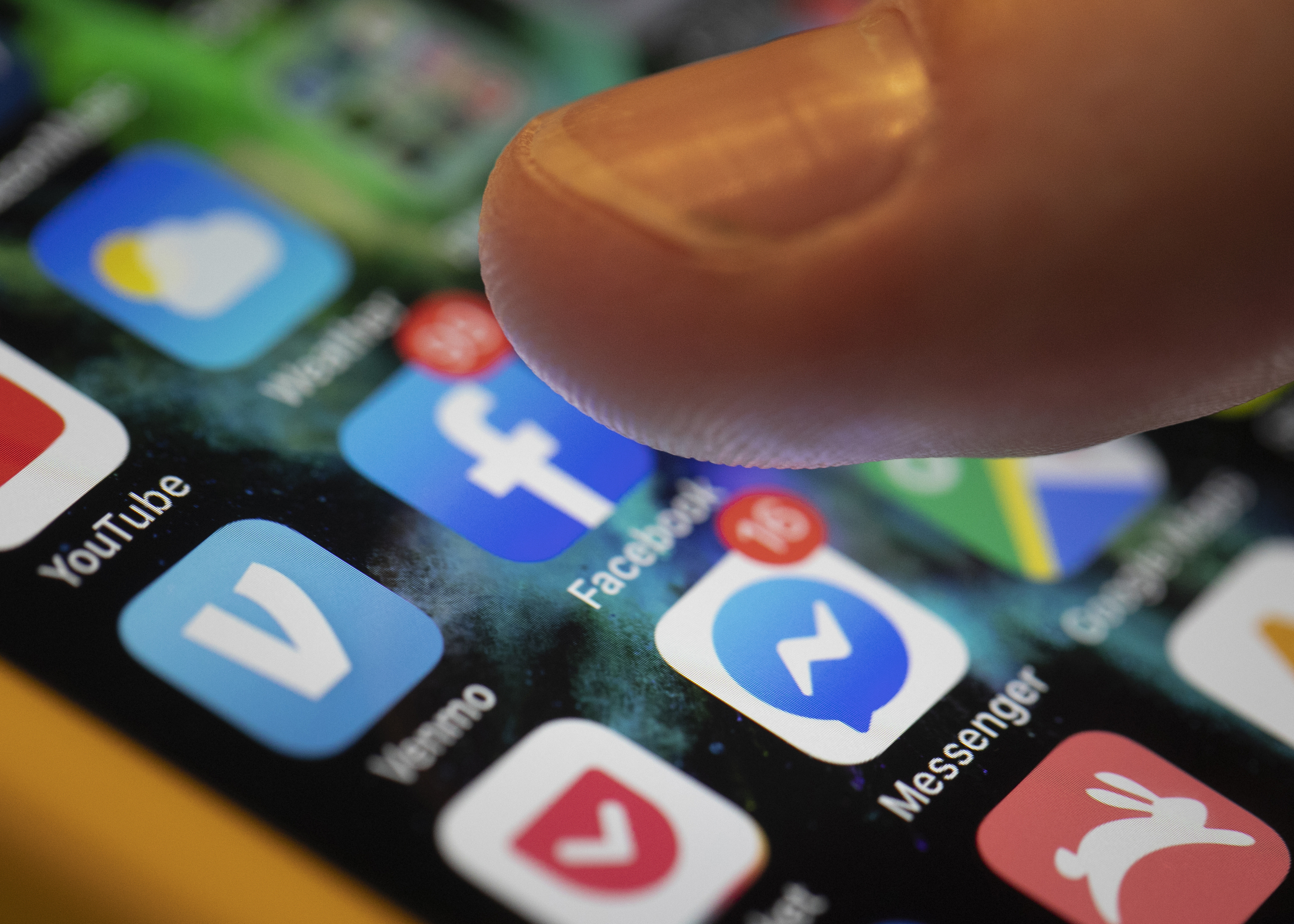How social media sites plan to handle premature election declarations

The election results will start to come in as early as 7 p.m. US Eastern Time on Tuesday, when seven states begin closing the polls. The next few hours will see more polls close around the country, more votes processed, more counts updated. But we won’t have the final result that night.
This isn’t unusual: In the US, the process of counting votes and officially certifying them always goes on longer than Election Day, and the coronavirus means the counting will probably take longer than typical. But on Sunday, Axios reported that President Trump intends to prematurely declare victory if it looks as if he’s leading in the early returns, even if there are still millions of votes left to be counted. He has denied this specific claim, but it is in line with his long campaign to undermine the legitimacy of the election, and it matches his promise to use lawyers to stop ballot counting in Pennsylvania as soon as polls close—even though the state will still have many mail-in ballots left to count and report.
So what exactly will happen if a candidate prematurely declares victory before the contest is truly over?
Social media
This the front line. Any premature declaration will likely hit American networks like Twitter, Facebook, and YouTube first, so the way these platforms handle this kind of activity will inform what happens next. Those three sites are planning to use labeling to deal with this kind of disinformation.

Twitter, the president’s social media platform of choice, says it will prominently label misleading tweets about election results from candidates, as well as any viral tweet. Disputed announcements will be met with a label that says, “Official sources may not have called the race when this was Tweeted.”
To confirm results, the company will be leaning on state and local election officials as well as major national news outlets with dedicated election coverage desks. At least two sources will have to confirm the results of a race before a candidate can tweet about results without a warning label being applied.
YouTube, which has been a top campaign advertising battleground, will place an information panel on videos prematurely declaring victory. That will link to Google’s election results feature, which is being produced in partnership with the Associated Press.
“We’ll also continue to raise up authoritative content from news organizations and reduce the spread of borderline election misinformation,” said Google spokesperson Ivy Choi. “Additionally, if a piece of content, in the course of prematurely declaring victory, misleads viewers about voting or encourages interference in democratic processes, we will remove that in accordance with our community guidelines.”
When the polls close, all Google’s ad platforms—including YouTube and its search engine—will pause ads that reference the 2020 election. That may cut off another potential avenue for disinformation across the company’s internet empire.
Facebook is placing its own hopes in labels as well, including a preemptive notification in news feeds to follow authoritative news outlets like Reuters and the Associated Press for election results. Facebook’s normal response to false news is to reduce its spread on the network and partner with fact-checkers for additional labeling.
Elsewhere, TikTok’s policy reduces the visibility of posts prematurely claiming victory and is working on an “expedited” schedule with fact-checking partners around Election Day.
This is an excerpt from The Outcome, our daily email on election integrity and security. Click here to get regular updates straight to your inbox.
Deep Dive
Computing
How ASML took over the chipmaking chessboard
MIT Technology Review sat down with outgoing CTO Martin van den Brink to talk about the company’s rise to dominance and the life and death of Moore’s Law.
How Wi-Fi sensing became usable tech
After a decade of obscurity, the technology is being used to track people’s movements.
Algorithms are everywhere
Three new books warn against turning into the person the algorithm thinks you are.
Stay connected
Get the latest updates from
MIT Technology Review
Discover special offers, top stories, upcoming events, and more.